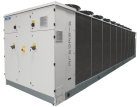Airedale pushes the boundaries of free-cooling chillers

Airedale’s OptiChill FreeCool large-capacity chillers maximise the use of free cooling to save more than half of the energy used by a conventional chiller. For up to 30% of the year these chillers can operate purely in free-cooling mode with an EER of up to 75 (15°C return water, 20% ethylene glycol, 3°C ambient and based on total input power to the fans). Some free cooling is available for 95% of annual operating hours (in London).
The range has models with cooling capacities from 750 to 1300 kW. There are four case sizes, two free-cooling variants (two and three rows of coils). three fan variants (including EC fans and two sound-level variants in each range. In all, there are over 200 model permutations.
The refrigerant is R134a with new modulating screw compressors to achieve a 12.5 K increase in the operating evaporating temperature range. Increasing the temperature of the supply water by 1 K can increase chiller efficiency by 10%.
The compressors offer eight stages across dual refrigerant circuits.
When applying interactive head-pressure setpoint management, the control strategy modulates the fans to maximise EER for any ambient temperature.
Chilled-water pumps can be inverter controlled to achieve significant energy savings.
Up to eight chillers can be integrated into a single operating system.







